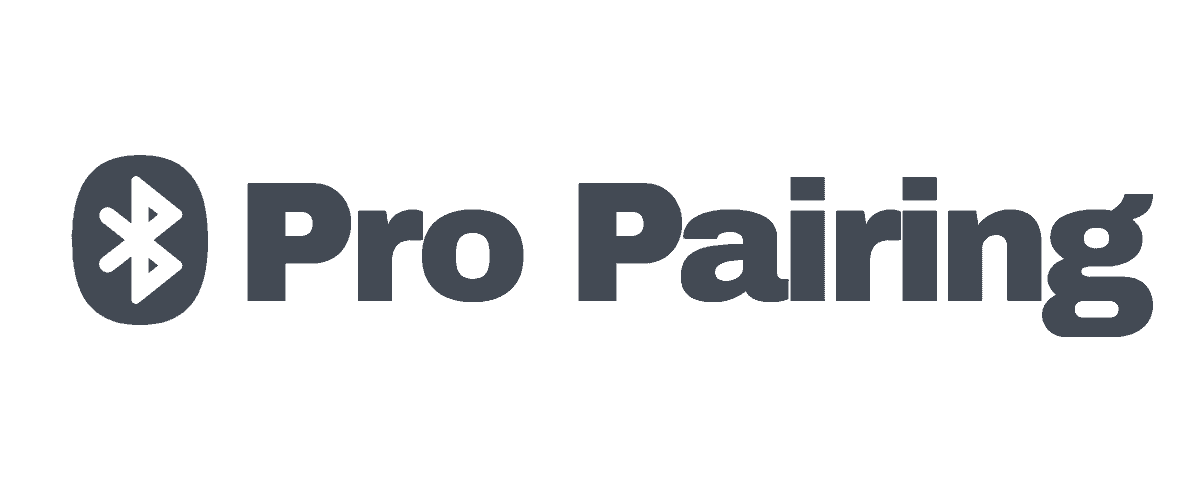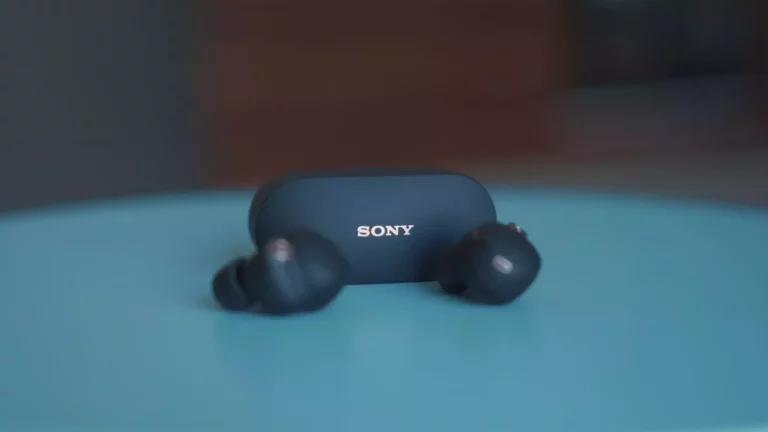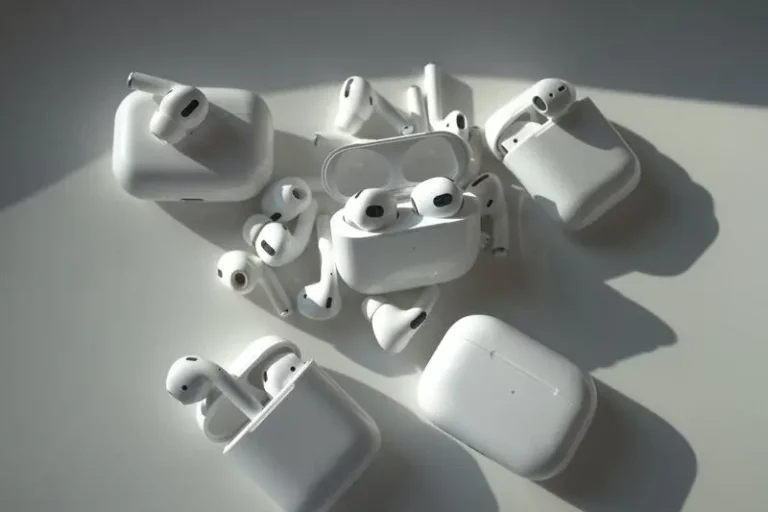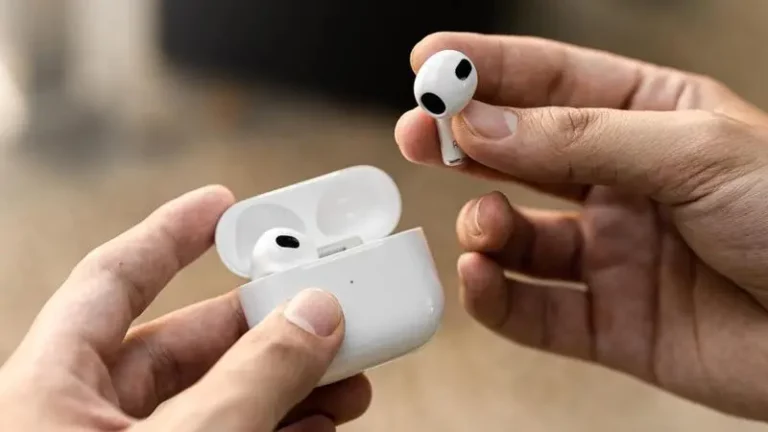Can A Bluetooth Watch Monitor Blood Pressure? (Explained!)
This site contains affiliate links to products, and we may receive a commission for purchases made through these links.
Yes, a smartwatch can monitor blood pressure. Some devices are FDA-approved to measure blood pressure, while others are only FDA-cleared, and others do not have a blood pressure monitoring feature at all.
Plus, smartwatches with the capability of monitoring blood pressure aren’t as accurate as other methods. The discussion below outlines why and who might benefit from using smartwatches that can monitor blood pressure.
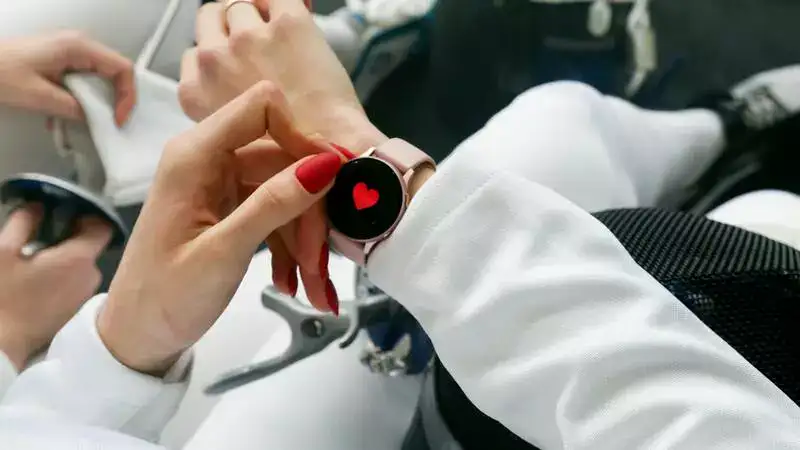
1. Why Smartwatches Aren’t as Accurate
The American Heart Association states that you’ll get more accurate results from monitoring devices that read your blood pressure from your upper arm. These devices are cuff-style and resemble those found in a doctor’s office or hospital.
Blood pressure monitoring devices that read from the wrist or finger are less accurate because the device should be at the same level as your heart. It’s also best to have your upper arm resting at heart level, next to it.
When you place a device on your finger or wrist, that device isn’t always reading your blood pressure from a heart-level or heart-adjacent position. However, readings your smartwatch captures while the watch and your arm are in the proper position may be accurate.
READ MORE!
Can A Smartwatch Cause Arm Pain? (Explained)
2. Compare Smartwatch Readings with Other Devices
To determine the accuracy of your smartwatch’s blood pressure readings, you can compare them with cuff-style devices’ readings. There are a few ways to do this.
First, you can bring a history of the blood pressure readings your smartwatch records to your next doctor’s visit. Second, use an at-home cuff-style device. Write down the readings you get and compare them against what your smartwatch generates.
However, you’ll want to keep in mind that blood pressure can fluctuate during the day. Factors such as caffeine consumption, exercise, and anxiety and stress levels can have an impact.
3. What to Look for in a Smartwatch
If you want to use a smartwatch to help monitor your blood pressure at home, know that FDA-approved and FDA-cleared devices offer the highest accuracy levels. These devices, like the Popglory Smartwatch, have a blood pressure monitoring feature, in addition to others like step and calorie counters.
Some also measure your heart rate and stress, and oxygen levels. Smartwatches that are FDA-approved or FDA-cleared tend to be more expensive, and these smartwatches might also cost more than purchasing at-home cuff-style blood pressure monitors.
You’ll want to weigh the pros and cons of using a smartwatch to monitor your blood pressure at home versus using a cuff-style device. Cuff-style devices may be more uncomfortable and inconvenient for some individuals.
Since you wear a smartwatch throughout the day, it may be more convenient for you to capture multiple readings without much effort. You’ll also want to consider the warranty on the smartwatch, return policy, battery life, and platform.
You can check out different models on Amazon here.
Other Factors to Consider
A decent smartwatch with blood pressure monitoring capabilities should carry at least a 1-year warranty. This protects your investment in case something goes wrong with the device. The manufacturer will typically offer this warranty.
Second, look at the returns and exchange policy from the retail vendor you purchase the smartwatch from. If you are buying directly from the manufacturer or app developer, study the fine print. You’ll want at least 30 days to try out the device and corresponding app.
Third, evaluate battery life among various models. Some people want a battery life that lasts at least a week. Others don’t mind having to charge up every couple of days.
Fourth, consider what platform the smartwatch will work with. Some devices work with Android smartphones and tablets. Then there are those smartwatches that only work with iOS and Apple-manufactured mobile devices. Think about your preference and what you use.
READ MORE!
Can You Use Apple Watch or Fitbit Without Bluetooth?
4. Healthy and Normal Blood Pressure Levels
According to the CDC, normal blood pressure levels are less than 120/80. The top number is your systolic reading, while the lower number is your diastolic reading. Systolic readings represent blood pressure during heartbeats, and Diastolic are the pressure between heartbeats.
Since guidelines for diagnosing high blood pressure have changed over the years, some doctors may not sound the alarm until it’s consistently over 140/90. Others will say something if you’re consistently pulling readings at 130/80 or higher.
Prehypertension vs. Hypertension
Current CDC guidelines indicate someone has prehypertension if their systolic blood pressure is consistently between 120 to 139 and their diastolic pressure is between 80 and 89.
Hypertension or high blood pressure is usually diagnosed in patients with consistent systolic blood pressure readings above 140 and diastolic pressure reading above 90.
However, some people exhibit what’s known as “white-coat syndrome,” meaning they have higher blood pressure when in a doctor’s office or medical environment. Their anxiety and stress levels temporarily increase, causing a slight spike in their blood pressure.
This is why at-home readings can be important and help your doctor make a more accurate analysis of whether you have prehypertension or high blood pressure.
READ MORE!
Why Does My Smartwatch Flash Green?
5. Who Benefits from Home Blood Pressure Monitoring
People with genetic and health conditions can benefit from monitoring their blood pressure at home with smartwatches or cuff-style devices. Pregnant women, for example, need to keep an eye on their blood pressure to catch conditions like preeclampsia.
If high blood pressure runs in your family or you’re genetically susceptible, you’ll benefit from monitoring yourself at home. This will help you and your doctor determine if lifestyle modifications are enough to control your condition or whether you also need medication.
Lifestyle modifications include eating less processed foods, salt, and sugar. They might also include an increase in physical activity and stress reduction techniques.
Besides genetics, risk factors for developing high blood pressure include sedentary lifestyles, poor nutrition, smoking, and having other conditions like diabetes.
6. Conclusion
Remember that while some FDA-approved or cleared smartwatches can help you monitor your blood pressure at home, the readings may not be as accurate.
Cuff-style blood pressure monitors usually offer more accurate readings because of how they read your blood pressure. However, if you follow a smartwatch manufacturer’s instructions, you can get higher accuracy.
Disclaimer: Before you start monitoring your blood pressure at home, consult your doctor.
I recommend checking out this article about the correct SmartWatch for you in 2022 that gives you an overview of different types of smartwatches divided into categories with different features and budgets.

Espen
Espen is the Director of ProPairing and has written extensively about Bluetooth devices for years. He is a consumer product expert and has personally tested Bluetooth devices for the last decade.
